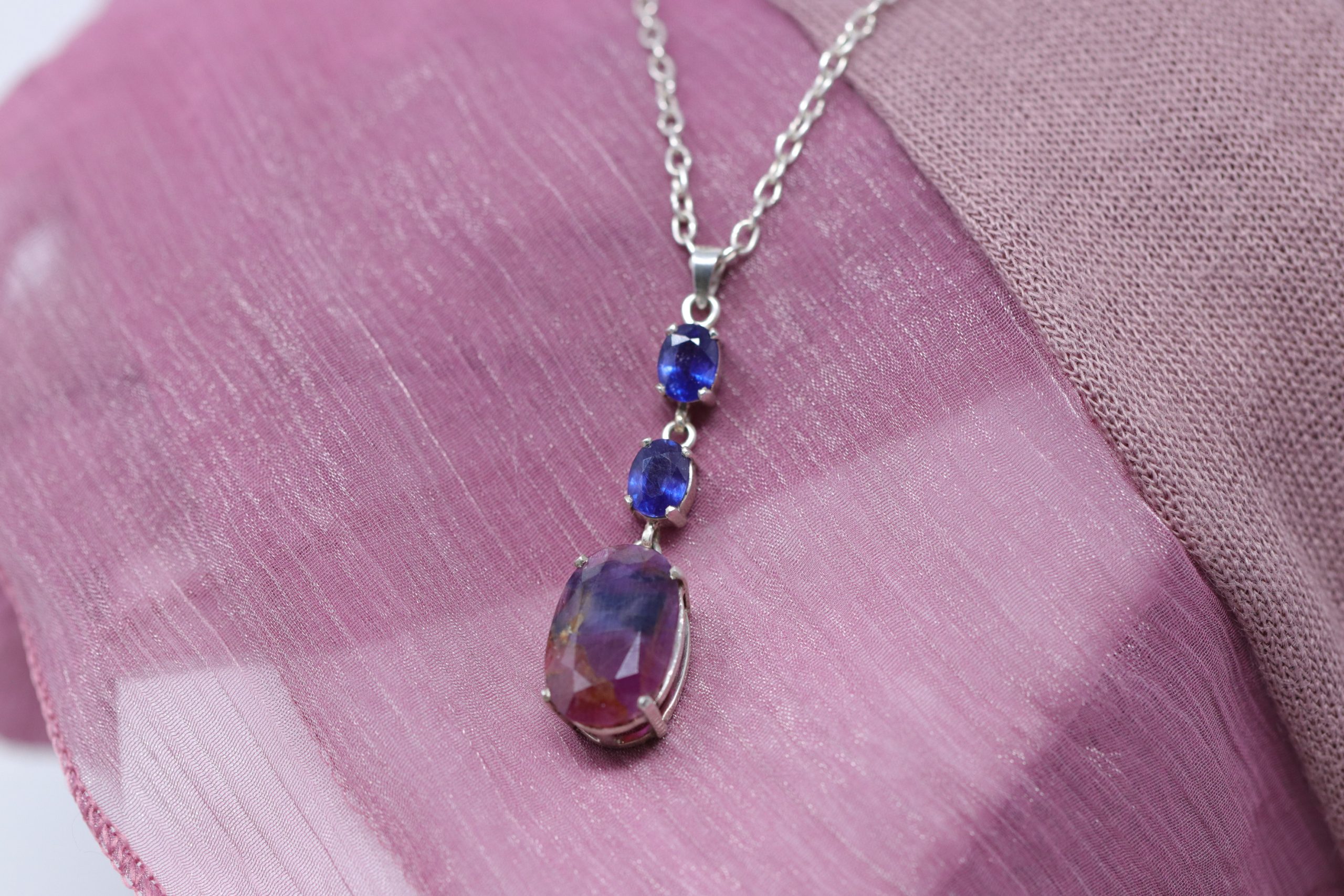Sapphires and rubies are two of the most popular gemstones in the world, prized for their vivid colors and high levels of durability. While they are both varieties of the mineral corundum, there are some key differences that set them apart. In this blog, we will explore the similarities and differences between sapphires and rubies.
Similarities: Sapphires and rubies share several similarities, including:
- Mineral Composition: Both sapphires and rubies are composed of the same mineral, corundum, which is a crystalline form of aluminum oxide. The only difference is the presence of trace elements, which give each gemstone its distinctive color.
- Hardness: Corundum is one of the hardest minerals, with a Mohs hardness scale of 9. This means that sapphires and rubies are extremely durable and resistant to scratches and abrasions.
- Rarity: Fine-quality sapphires and rubies are rare, and their value increases with their size, clarity, and color.
Differences: While sapphires and rubies share some similarities, there are several key differences between these gemstones.
- Color: The most obvious difference between sapphires and rubies is their color. Sapphires come in a range of colors, including blue, pink, yellow, green, and purple, but never red. Rubies, on the other hand, are always red. The color of a ruby can range from pinkish-red to deep blood-red.
- Trace Elements: The presence of trace elements in corundum is what gives each gemstone its distinctive color. Sapphires get their color from elements such as iron, titanium, and chromium, while rubies get their color from chromium.
- Value: Rubies are generally more valuable than sapphires, especially when they are of a high quality and have a deep, rich red color. In fact, some of the world’s most expensive gemstones are rubies, such as the Sunrise Ruby, which sold for over $30 million at auction.
- Geographic Origins: Sapphires and rubies are found in different parts of the world. Sapphires are found in many locations, including Sri Lanka, Madagascar, and Australia, while rubies are primarily found in Myanmar (formerly known as Burma), as well as Thailand, Sri Lanka, and Tanzania.
In conclusion, while sapphires and rubies share some similarities, such as their mineral composition, hardness, and rarity, they are also quite different. The most obvious difference is their color, with sapphires coming in a range of colors and rubies always being red. Additionally, rubies tend to be more valuable than sapphires, and they are found in different parts of the world. Ultimately, the choice between sapphires and rubies comes down to personal preference and the desired style of the piece of jewelry in question.

